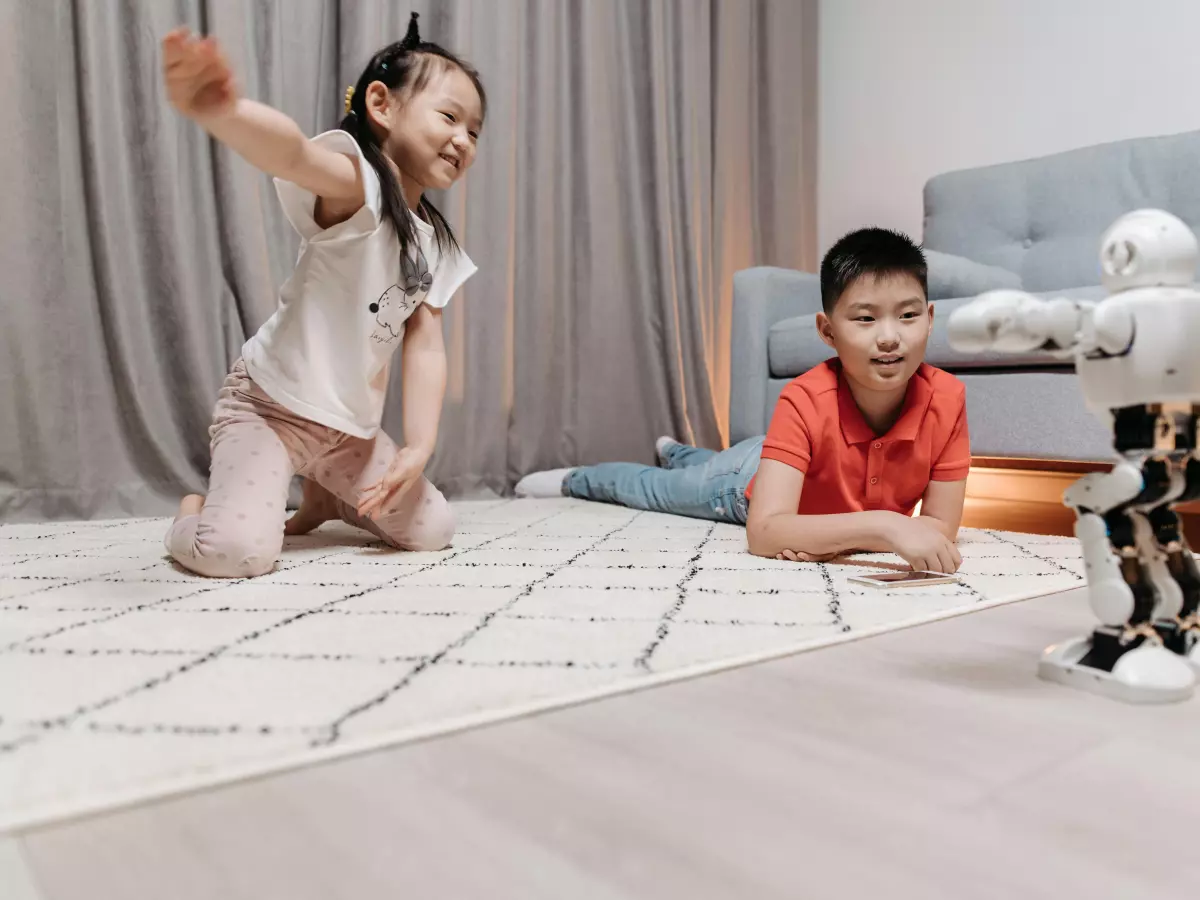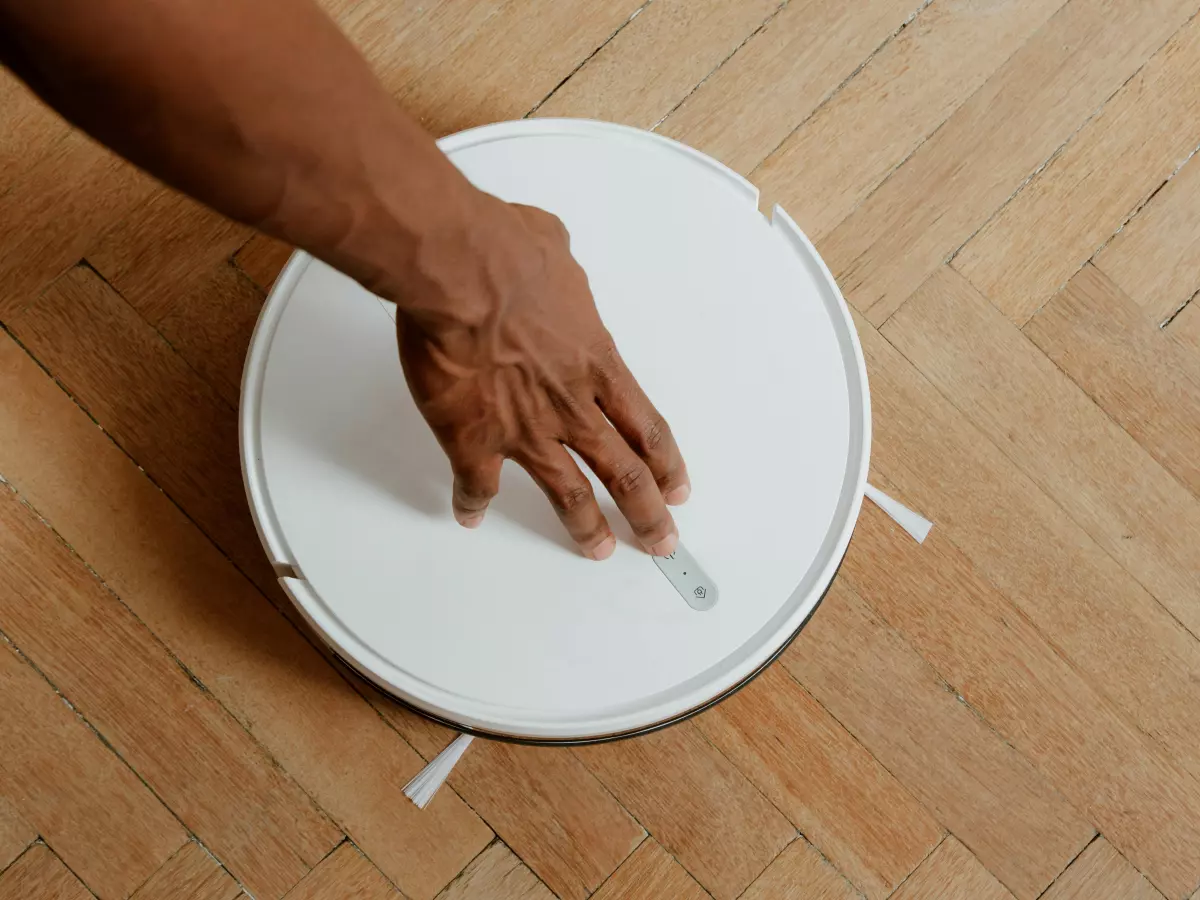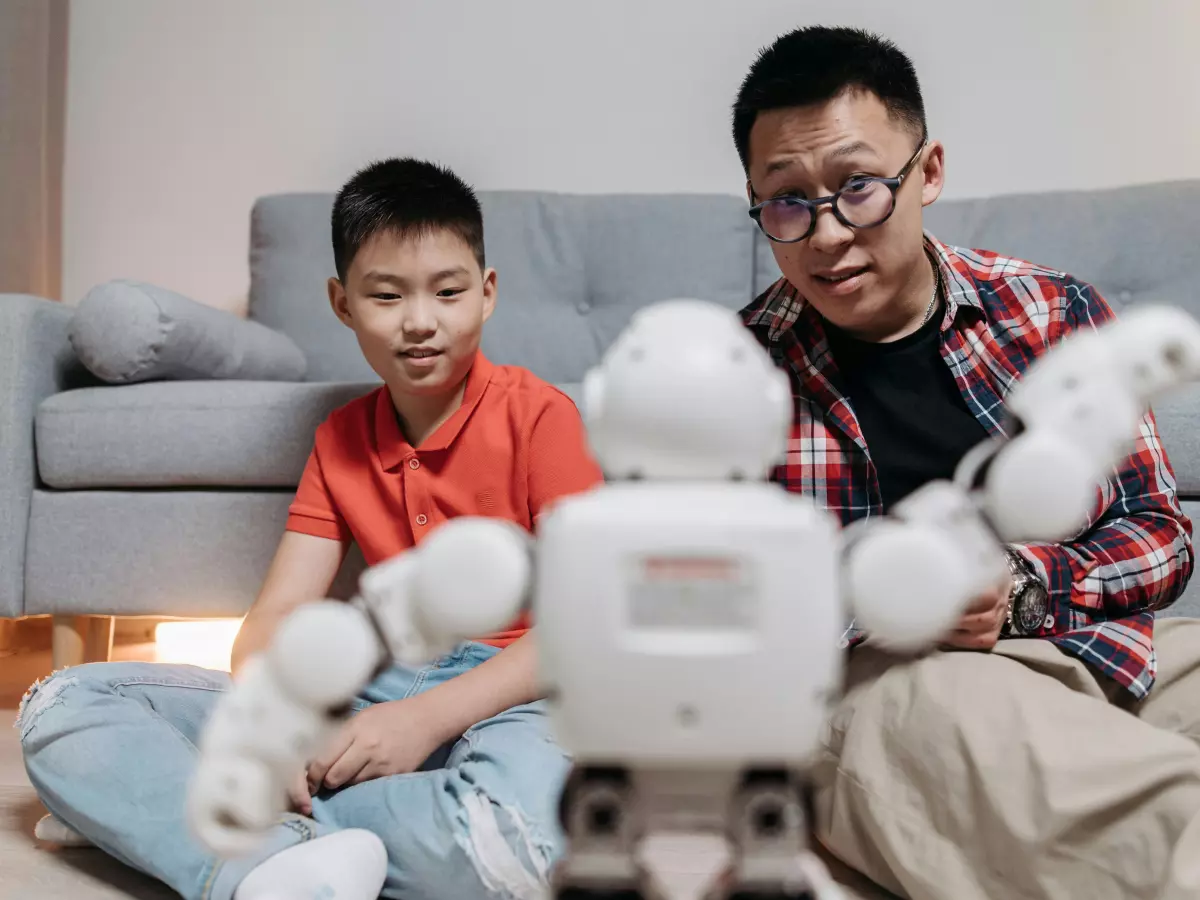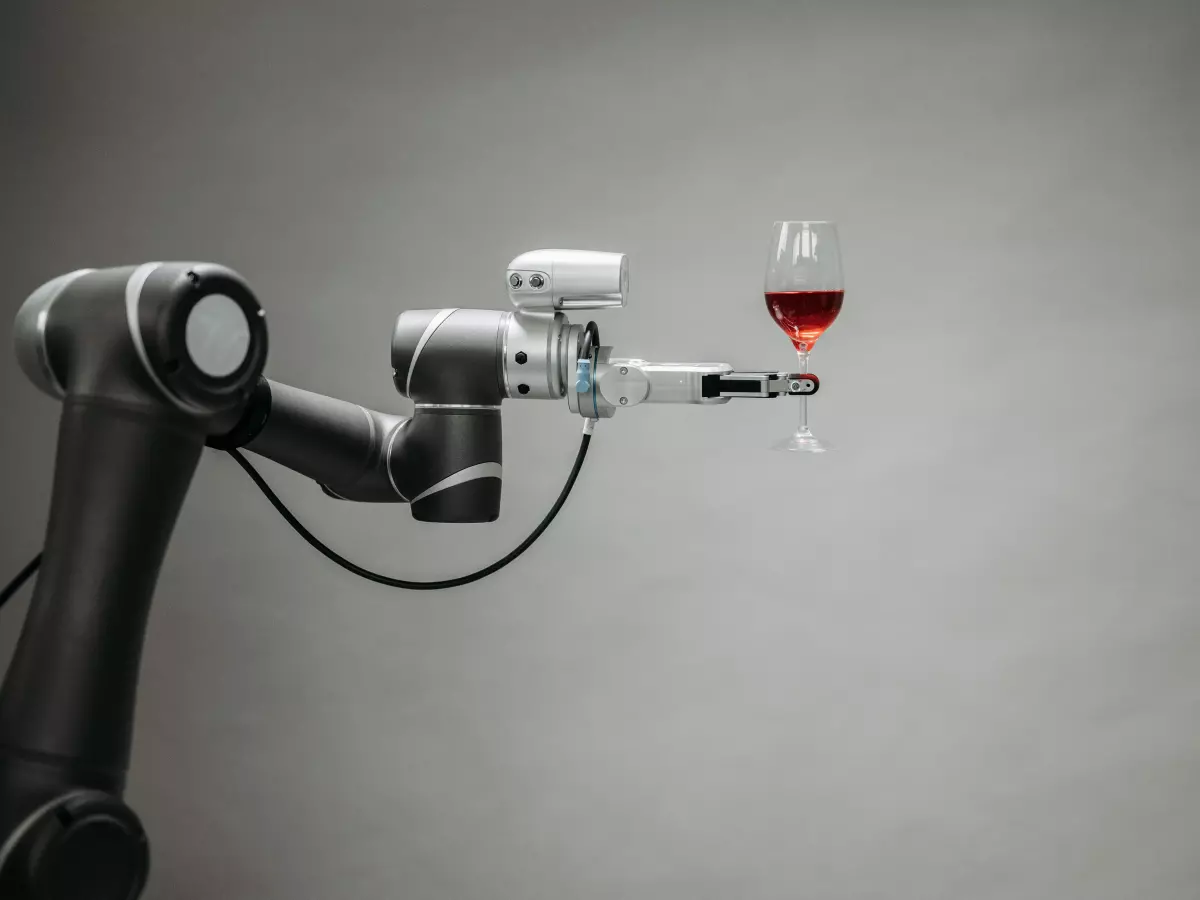Robot Communication Breakdown
We’ve all been so busy perfecting robot hardware and software that we’ve missed a glaring issue: robots can’t talk to each other. Well, not effectively, anyway.
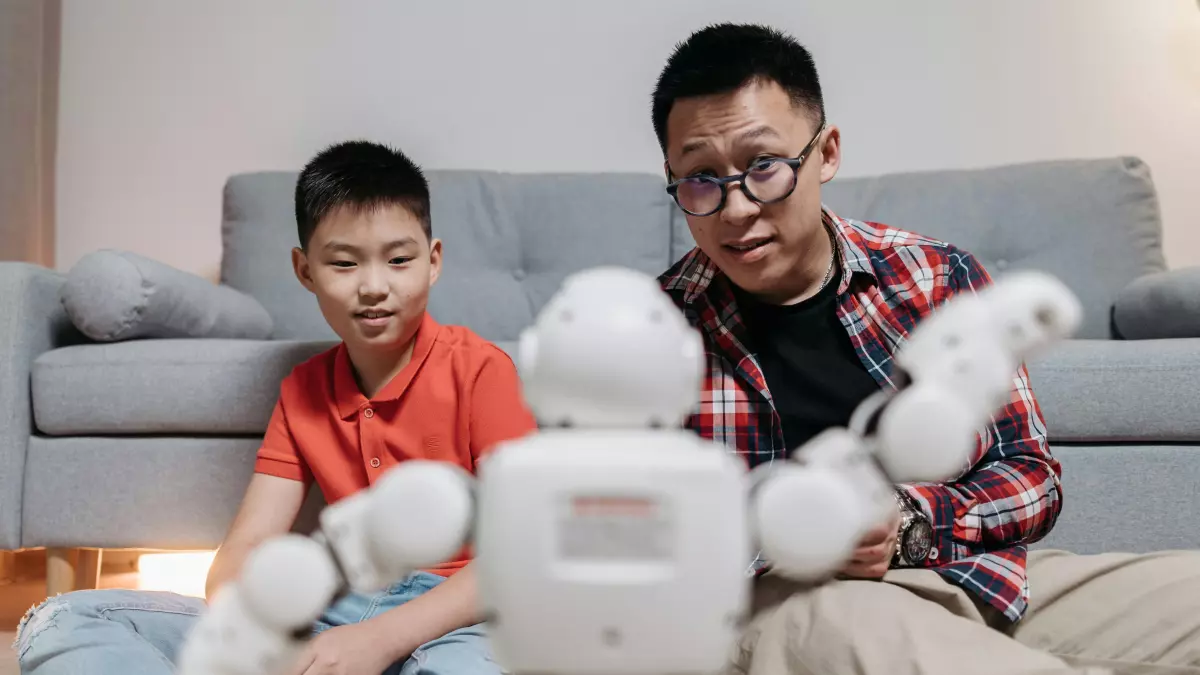
By Laura Mendes
Imagine a world where robots are everywhere—cleaning your house, delivering your groceries, even performing surgery. Now imagine those same robots trying to work together but constantly miscommunicating. It’s like a group project where no one reads the group chat. Frustrating, right? That’s exactly the problem we’re facing with robot communication systems today.
Robots are getting smarter, faster, and more capable, but their ability to communicate with each other and with humans is lagging behind. Sure, they can send data back and forth, but the real challenge is how they interpret and act on that data. And when it comes to autonomous systems, this is a huge problem. If robots can’t communicate effectively, they can’t collaborate effectively. And if they can’t collaborate, the dream of a fully autonomous world starts to fall apart.
The Communication Problem
Let’s break it down. Most robots today rely on wireless communication protocols like Wi-Fi, Bluetooth, or even proprietary systems to talk to each other. But these systems weren’t designed for robots. They were designed for humans. And while they work fine for your smartphone or laptop, they’re not cutting it for autonomous systems that need to make split-second decisions based on real-time data.
Take autonomous vehicles, for example. These machines need to communicate with each other and with infrastructure like traffic lights, road sensors, and even pedestrians’ smartphones. But current communication systems are too slow, too unreliable, and too prone to interference. A single dropped signal could mean the difference between a smooth ride and a fender bender—or worse.
And it’s not just about speed. It’s about understanding. Robots need to be able to interpret the data they receive and make decisions based on it. This requires a level of context and nuance that current communication systems just don’t have. It’s like trying to have a deep conversation with someone who only speaks in emojis. Sure, you get the gist, but you’re missing the details that really matter.
Enter V2X Communication
So, what’s the solution? One promising approach is Vehicle-to-Everything (V2X) communication. This technology allows vehicles (and potentially other types of robots) to communicate with each other, with infrastructure, and even with pedestrians. It’s fast, reliable, and designed specifically for autonomous systems.
V2X uses a combination of short-range and long-range communication technologies to ensure that robots can talk to each other in real-time, even in complex environments like cities or industrial settings. It also incorporates advanced data processing algorithms that allow robots to interpret the data they receive and make decisions based on it.
But here’s the catch: V2X is still in its early stages. While it’s being tested in autonomous vehicles, it hasn’t yet been widely adopted in other types of robots. And even in the automotive industry, there are still plenty of technical challenges to overcome, from ensuring compatibility between different systems to dealing with interference from other wireless devices.
Why It Matters
So why should we care about robot communication systems? Because they’re the key to unlocking the full potential of autonomous systems. Without effective communication, robots will always be limited in what they can do. They’ll be able to perform individual tasks, but they won’t be able to work together to solve complex problems.
Think about it: a single robot can clean your house, but a team of robots could clean an entire city. A single autonomous vehicle can get you from point A to point B, but a fleet of autonomous vehicles could revolutionize transportation as we know it. The possibilities are endless, but only if we can get robots to communicate effectively.
And it’s not just about robots talking to each other. It’s also about robots communicating with humans. As autonomous systems become more integrated into our daily lives, we need to be able to trust them. And that means they need to be able to explain their decisions and actions in a way that we can understand. Right now, most robots are like black boxes—they take in data, process it, and spit out a result, but they can’t explain how they got there. That’s a problem, especially when it comes to safety-critical applications like healthcare or transportation.
Looking Back to Move Forward
History has shown us that communication is key to progress. Just look at the rise of the internet. Before the internet, computers were isolated machines that could only perform individual tasks. But once they were connected, they became part of a global network that revolutionized everything from business to entertainment to education. The same thing could happen with robots—if we can figure out how to get them talking.
So, the next time you’re marveling at the latest robot vacuum or autonomous drone, remember: it’s not just about what the robot can do on its own. It’s about what it could do if it could communicate with other robots—and with us.


